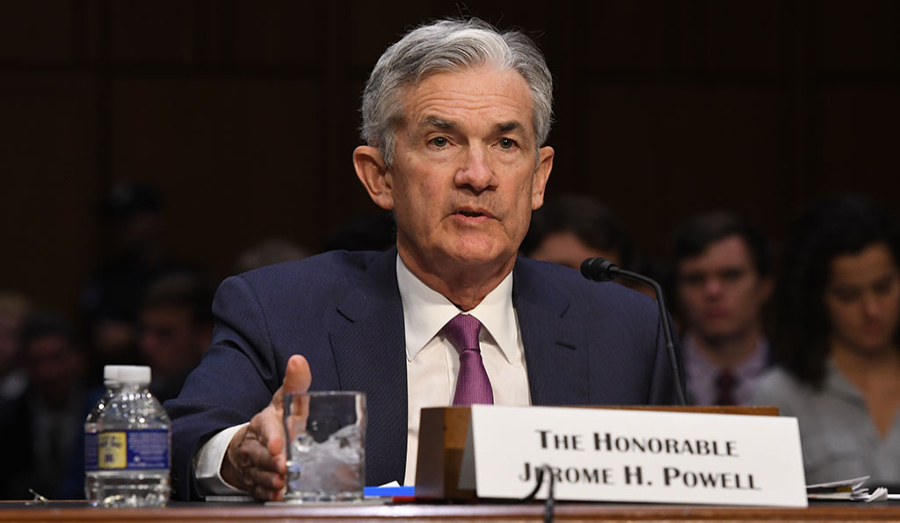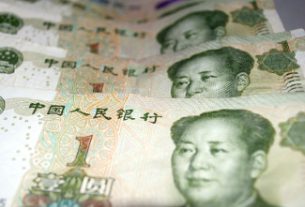For those who continue to hope for a return to economic normalcy, Fed Chairman Jerome Powell’s testimony last week was bitterly disappointing. Anyone hoping for an end to accommodative monetary policy and a return to market-determined prices for assets has much longer to wait.
The Fed has barely run off a little more than ten percent of its over-bloated balance sheet and it is already talking about throwing in the towel. The balance sheet is still hovering at around $4 trillion, far higher than it would have been in the absence of quantitative easing, yet instead of continuing to push for a more normal size, Powell claims that the Fed has made great progress and is going to call it quits on tightening its policy. That means continued higher prices in the future as the Fed switches from tightening mode back to easing mode, ready for any perceived weakness in stock markets.
It continues to amaze that so many people confuse money with wealth. Higher asset prices are just assumed to make people richer, even when those prices are caused by more money creation. All the Fed has really done is boost the paper wealth of those who already own assets such as houses or stocks. Those who are just starting out in their careers, on the other hand, find themselves priced out of the housing market and forced to pay ever-climbing rents. And if they’re fortunate enough to have money left over each month to invest, they’re having to buy stocks that are at historically high valuations and set to crash at any moment.
In short, the Fed is helping to continue the growth of wealth inequality, enriching the haves at the expense of the have-nots. And because so many economists look at aggregates rather than the data behind those aggregates, the Fed remains clueless about what it is actually doing. It has allowed itself to be held hostage by financial markets, morphing from its intended role in maintaining low inflation, full employment, and moderate long-term interest rates into the guarantor of financial stability.
But assuring financial stability in a system that is fundamentally unsound due to fractional reserve banking means that the Fed has to continue pumping money into the system, combating every little downturn with further easing. Powell has essentially capitulated to financial markets and agreed to try to ensure a permanent boom.
The end result, however, will be a terrible and cataclysmic crash once the massive malinvestments throughout the economy become evident. Many investors will lose significant sums from their retirement portfolios, and will wish that they had done more to protect them. Only those who have taken the time to protect their investments with gold will have a chance at making it through the next crisis relatively unscathed.
This article was originally posted on Goldco.





